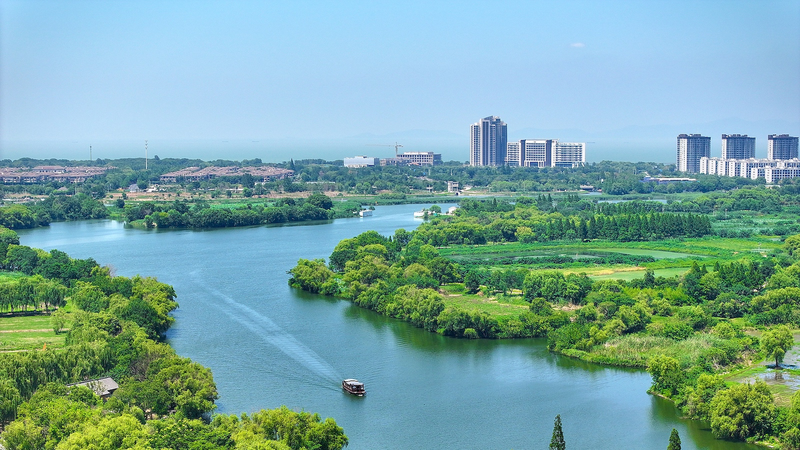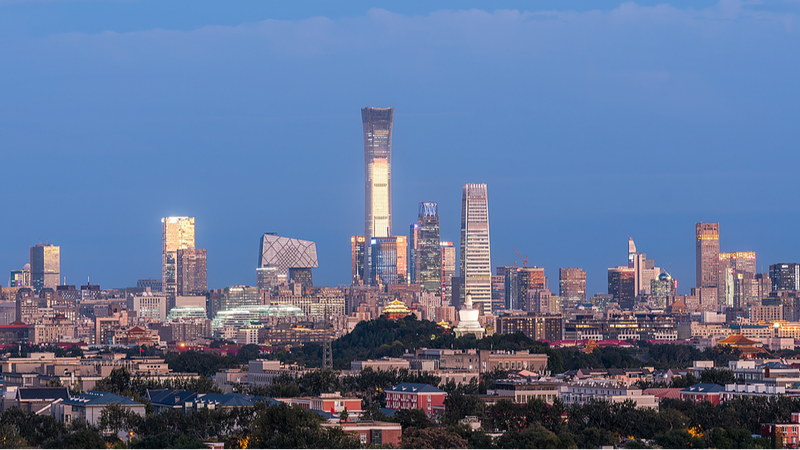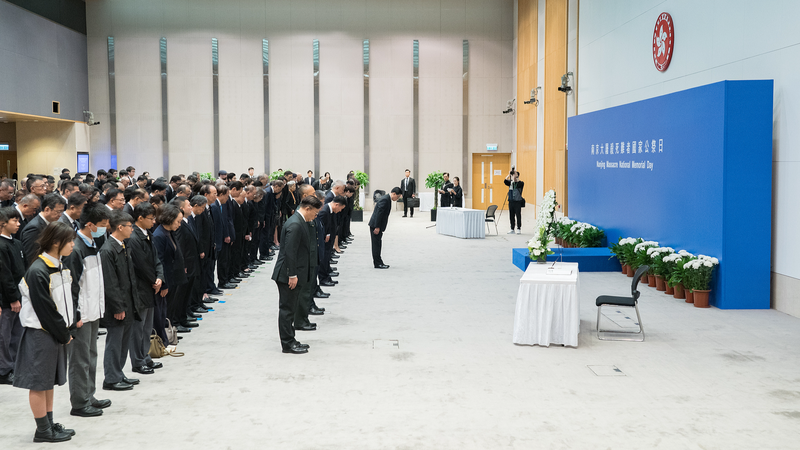Imagine a city where every grain of waste—from kitchen scraps to industrial byproducts—becomes a resource waiting to be reclaimed. That’s the idea behind the "zero-waste city" model rolling out across China.
Rather than aiming for absolute zero output, China defines a “zero-waste city” as one that minimizes landfill through green production, source-level reduction and resource recovery. Over years of pilot programs, these principles have translated into higher recycling rates, lower household waste volumes and more livable urban environments.
Under the 14th Five-Year Plan (2021-2025), the Chinese mainland has designated 113 prefecture-level cities and eight special regions to advance zero-waste construction. More than 3,700 demonstration projects—from community sorting systems to industrial by-product recovery facilities—are underway, with total investment surpassing 1 trillion yuan (about $140 billion).
These projects showcase how policy, technology and local engagement can converge. In one pilot district, smart bins equipped with QR codes reward residents for sorting waste. In another, factories are capturing by-product streams to fuel new production lines, turning potential pollutants into revenue streams.
As cities from Vancouver to Tokyo explore circular economy strategies, China’s scale and speed offer a playbook for sustainable urban transformation. For young global citizens, entrepreneurs and changemakers, the zero-waste city movement illustrates how data-driven policies and grassroots innovation can reshape our urban future.
Reference(s):
cgtn.com



